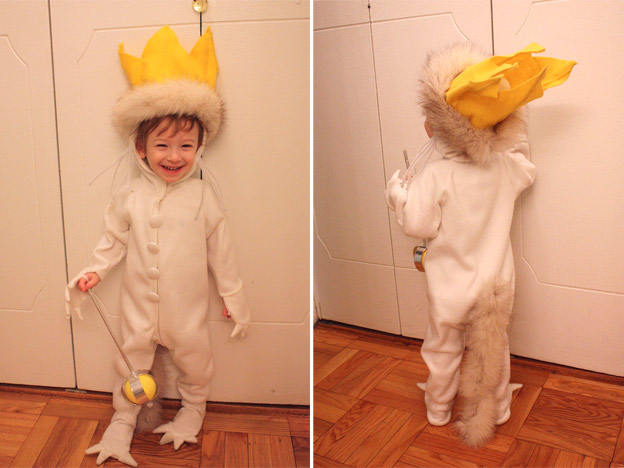‘Night at the Museum 2’ Press Conference, Part 2
Posted on May 16, 2009 at 1:00 pm
More from the “NatM: Battle of the Smithsonian” press conference:
Ricky Gervais, creator and star of the original British version of The Office returns as the director of New York’s Museum of Natural History. He said that he loves to play an “awkward putz” and that “the most fun for a comedian is to play a man without a sense of humor.”
Robin Williams, who returns as Theodore Roosevelt, looked around the historic Smithsonian Castle and said he felt like he was at Michael Jackson’s garage sale. As expected, he kept up a running commentary on everyone else’s answers. Amy Adams answered a question about how her success had changed her life with a joke: “I’ve invested in shoes.” (She was wearing some very fetching Christian Louboutins.) Williams said, “Ah, the Imelda fund.” And he described co-star Hank Azaria’s muscular biceps: “He’s got guns that make Michelle Obama look like an anorexic.”
Owen Wilson answered my question about the special challenges of his role as the tiny-in-stature but big-hearted cowboy Jedediah. He shot most of his scenes in a separate set to make it look as though he was only a few inches tall. “I never saw Hank or Ben, but Coogan was there. Jed doesn’t see himself as a miniature little cowboy. He is larger than life. You never had to worry about Shawn saying, ‘Do less.'”
They were all big fans of the Smithsonian and the other Washington sights. Adams said the Lincoln Memorial, where she and Stiller have a conversation with the huge marble President was “just gorgeous” at night, with a full moon. And Levy said that he loved exploring the Air and Space Museum at night with Stiller, when they had it all to themselves.
Levy said his biggest challenge in making the film was not the effects but his talented cast, who improvised constantly. “Almost every day we would throw out a plan.” Co-screenwriter Garant talked about how much he and Lennon enjoyed bringing all of the historical characters to life. “All of the characters are such archetypes they represent a giant idea.” And so they were able to include a couple sweet “would have been nice” moments in the film that allowed real-life characters to have conversations and experiences that never happened, but should have, as when the Tuskeegee Airmen got to thank Amelia Earhart for helping pave the way for their own unprecedented achievements.
Director Levy commented on the Castle setting, too. He said that it wasn’t until they toured the Smithsonian and saw the original building that he knew where the bad guys’ hide-out in the movie had to be located. “We were inspired by the Gothic moodiness of the Castle,” he said. And so, with life imitating art, the Castle now houses the huge pile of Smithsonian treasures that appear in the film as the loot stored there by Ivan the Terrible, Napoleon, and Al Capone. Does that chair on the top of the pile look familiar? It is the chair used by Archie Bunker on the classic television show, “All in the Family.” The one in the movie is a replica, of course. The original is on display in the Smithsonian’s Museum of American History, now with a special new plaque:


